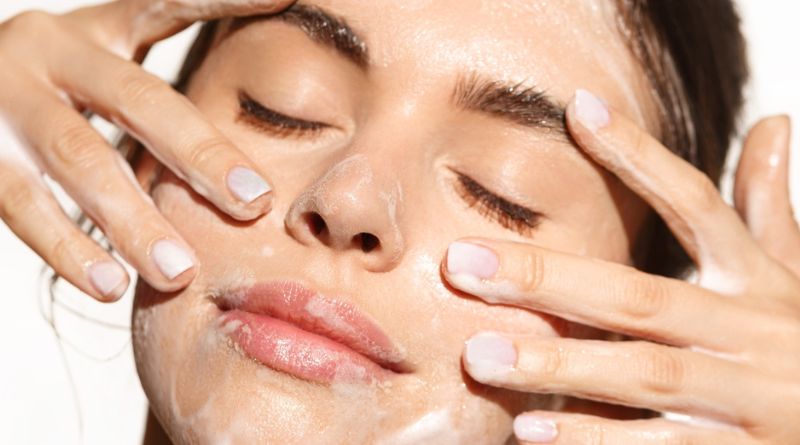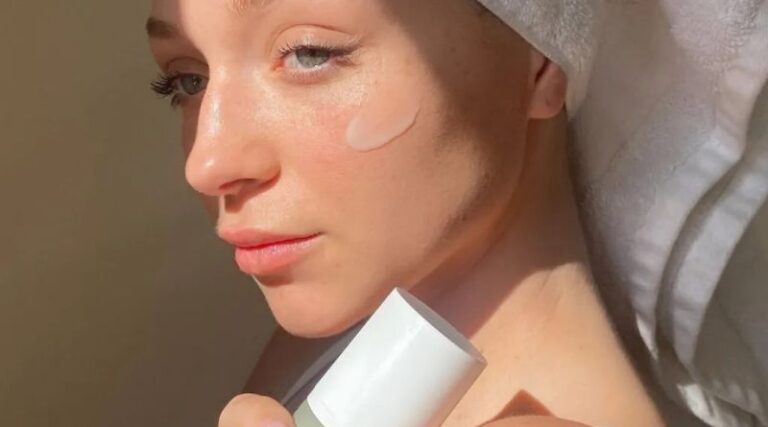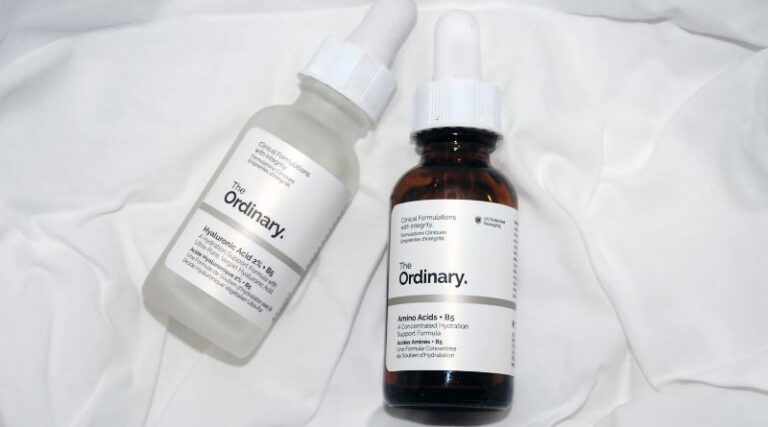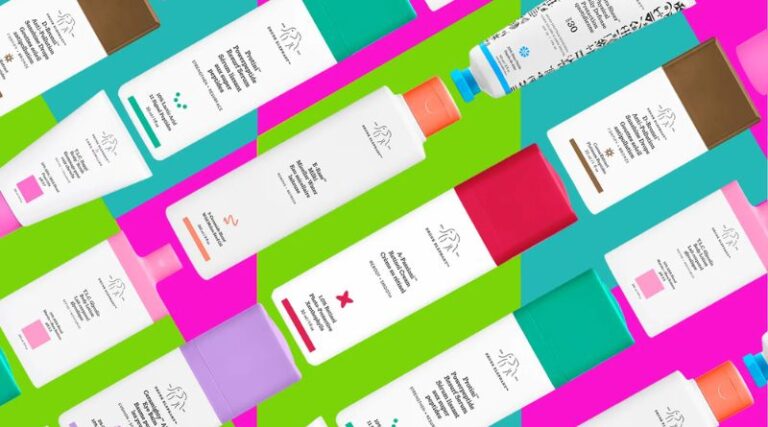
In today’s fast-paced world, taking care of your skin is more important than ever. With exposure to environmental factors, stress, and an endless stream of skincare products, it can be overwhelming to figure out where to start. That’s where a skincare routine comes in. Establishing a consistent and effective skincare routine is key to maintaining healthy, radiant skin. In this article, we’ll guide you through the essential steps to create a personalized skincare routine and explore the benefits of each step. Whether you’re new to skincare or looking to refine your current regimen, this guide will help you understand what works best for your skin.
Table of Contents
1. Why Is a Skincare Routine Important?
A skincare routine serves as a foundation for healthy skin, promoting a clear complexion and addressing various skin concerns such as acne, dryness, and aging. A consistent routine can:
- Maintain Skin Health: Regular cleansing, moisturizing, and sun protection are vital for skin health. They keep the skin hydrated, free from harmful bacteria, and protected from environmental damage.
- Target Specific Skin Concerns: Whether you’re dealing with acne, pigmentation, or wrinkles, a tailored routine can help address specific concerns through the right products.
- Prevent Skin Damage: By establishing a skincare routine, you can help prevent premature aging and other skin conditions by protecting it from environmental stressors like UV rays and pollution.
Building the right skincare routine doesn’t have to be complicated, but it does require consistency and understanding of your skin’s unique needs. Let’s break down the essential steps involved.
2. Essential Steps in a Skincare Routine
Step 1: Cleansing
Cleansing is the foundation of any good skincare routine. The primary goal of a cleanser is to remove dirt, oil, makeup, and impurities that accumulate on the skin’s surface throughout the day. A proper cleansing routine ensures your skin is free of buildup, allowing other skincare products to penetrate effectively.
When choosing a cleanser, consider your skin type:
- For oily or acne-prone skin: Choose a gel-based or foaming cleanser that helps control excess oil and prevent breakouts.
- For dry skin: Opt for a creamy or hydrating cleanser that won’t strip your skin of its natural oils.
- For sensitive skin: Look for a gentle, fragrance-free cleanser that won’t irritate the skin.
Cleansing should be done twice a day — once in the morning and once before bed.
Step 2: Toning
Toning is an optional but highly beneficial step in your skincare routine. A toner helps balance the skin’s pH, remove any residual impurities left after cleansing, and prepare the skin to absorb the next steps in your routine more effectively.
Depending on your skin type, you can choose between two types of toners:
- Hydrating toners: These are typically alcohol-free and work well for dry or sensitive skin by adding an extra layer of moisture.
- Exfoliating toners: These toners contain ingredients like alpha hydroxy acids (AHAs) or beta hydroxy acids (BHAs) that help to exfoliate the skin, sloughing off dead skin cells to reveal smoother skin.
If you have acne or oily skin, exfoliating toners may help keep breakouts in check.
Step 3: Serum
Serums are concentrated treatments packed with active ingredients that address specific skin concerns. They are lightweight and can penetrate deeply into the skin to provide targeted results. Depending on your skin’s needs, you can incorporate different types of serums into your skincare routine.
Some popular serum ingredients and their benefits include:
- Vitamin C: Known for its brightening and anti-aging properties, Vitamin C can help reduce dark spots and promote collagen production.
- Hyaluronic Acid: This ingredient helps keep the skin hydrated by drawing moisture from the environment and locking it in.
- Retinol: Retinol is a powerful anti-aging ingredient that helps reduce fine lines, wrinkles, and uneven skin tone.
Apply serums after toning but before moisturizing to allow the active ingredients to penetrate the skin effectively.
Step 4: Moisturizing
Moisturizing is an essential part of every skincare routine, no matter your skin type. Even oily skin needs moisture, as dehydration can lead to an overproduction of oil and clogged pores. Moisturizers help to lock in hydration, protect the skin’s barrier, and keep it soft and smooth.
When selecting a moisturizer:
- For dry skin: Choose a richer, thicker moisturizer with ingredients like ceramides and hyaluronic acid.
- For oily skin: Opt for a lightweight, oil-free moisturizer that provides hydration without clogging pores.
- For sensitive skin: Look for a fragrance-free, hypoallergenic moisturizer that minimizes irritation.
Apply moisturizer after serums to seal in the hydration and lock in active ingredients.
Step 5: Sun Protection (SPF)
Sun protection is a crucial step in any skincare routine, regardless of the weather. UV rays from the sun can cause premature aging, sunburns, and increase the risk of skin cancer. Using sunscreen daily is one of the most effective ways to protect your skin from the harmful effects of UV exposure.
You should choose a broad-spectrum sunscreen with SPF 30 or higher and apply it every morning, even if you’re indoors, as UVA rays can penetrate windows. Don’t forget to reapply sunscreen every two hours if you’re outside for extended periods.
Step 6: Optional Steps
While the five steps mentioned above form the core of a solid skincare routine, there are additional steps that can be beneficial, depending on your skin’s needs:
- Exfoliation: Regular exfoliation (1-3 times per week) helps remove dead skin cells and promotes a smoother, brighter complexion. Choose between physical exfoliants (scrubs) or chemical exfoliants (AHAs, BHAs).
- Face Masks: Masks can be used once or twice a week for deep hydration, detoxification, or brightening.
- Eye Cream: If you’re concerned about dark circles, puffiness, or fine lines around your eyes, an eye cream can provide additional treatment to this delicate area.
3. Customizing Your Skincare Routine
Everyone’s skin is unique, which means your skincare routine should be tailored to your skin type and concerns. Understanding your skin’s needs will help you choose the best products and avoid potential irritation.
To customize your routine:
- Determine your skin type: Is your skin oily, dry, combination, or sensitive? Knowing your skin type helps you select the right cleanser, toner, moisturizer, and treatments.
- Identify your skin concerns: Whether it’s acne, aging, or hyperpigmentation, make sure your products target your specific needs.
- Patch-test new products: To avoid irritation or allergic reactions, always patch-test new products on a small area of your skin before applying them to your face.
4. FAQs About Skincare Routine
Q1: How often should I change my skincare routine?
A1: You don’t need to change your skincare routine frequently, but you should adjust it seasonally or if your skin’s needs change. For example, you may need a more hydrating routine in the winter and a lighter one in the summer.
Q2: Can I use the same products morning and night?
A2: Yes, most products can be used both morning and night. However, you may want to use a different moisturizer in the morning (with SPF) and at night (with hydrating ingredients). Retinol should be used at night to avoid sun sensitivity.
Q3: What’s the best order to apply skincare products?
A3: The general rule is to apply products from thinnest to thickest consistency: Cleanser → Toner → Serum → Moisturizer → Sunscreen.
Q4: Can a skincare routine help with acne?
A4: Yes, a skincare routine designed for acne-prone skin can help reduce breakouts by incorporating products with ingredients like salicylic acid, benzoyl peroxide, or tea tree oil. Regular cleansing and exfoliation also help keep pores clear.
Q5: How long does it take to see results from a skincare routine?
A5: Results can vary, but typically, you should expect to see noticeable changes after 4-6 weeks of consistent use. Some products, like serums or masks, may show quicker results, while others like moisturizers or sunscreens may take longer.
5. Conclusion
A consistent skincare routine is the key to achieving healthy, glowing skin. By following the essential steps of cleansing, toning, treating, moisturizing, and protecting your skin with SPF, you’re setting the foundation for a complexion that is radiant and well-maintained. Customize your routine to suit your skin’s needs and concerns, and remember that consistency is key. With the right products and habits, your skin can look its best, every day.






